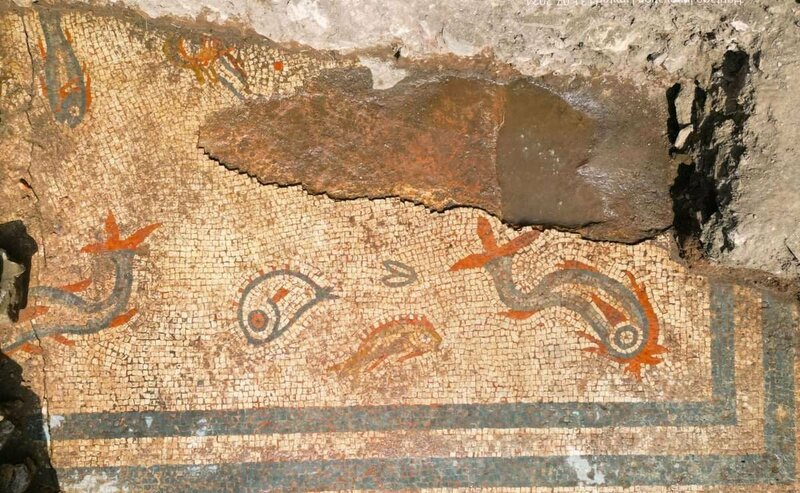Archaeologists in northwestern England were looking for an ancient temple when they stumbled upon something unexpected: a magnificent mosaic made from white, red, blue and yellow tiles.
The colorful artwork, which depicts dolphins and fish, was unearthed in the Roman city of Viroconium Cornoviorum, located in what is now the village of Wroxeter. Researchers think it dates to the second century C.E. Viroconium Cornoviorum was originally a Roman legionary fortress that turned into a city towards the end of the first century C.E. Hosting a population of about 15,000 and stretching across nearly 200 acres, it would become the fourth-largest city of Roman Britain—almost as big as Pompeii at its peak.
The recent excavation, which focused on an unexplored area of the city, was a collaboration between English Heritage, the University of Birmingham, Vianova Archaeology and Heritage Services and Albion Archaeology.



 England
England Archaeology
Archaeology Ancient History
Ancient History Science
Science


